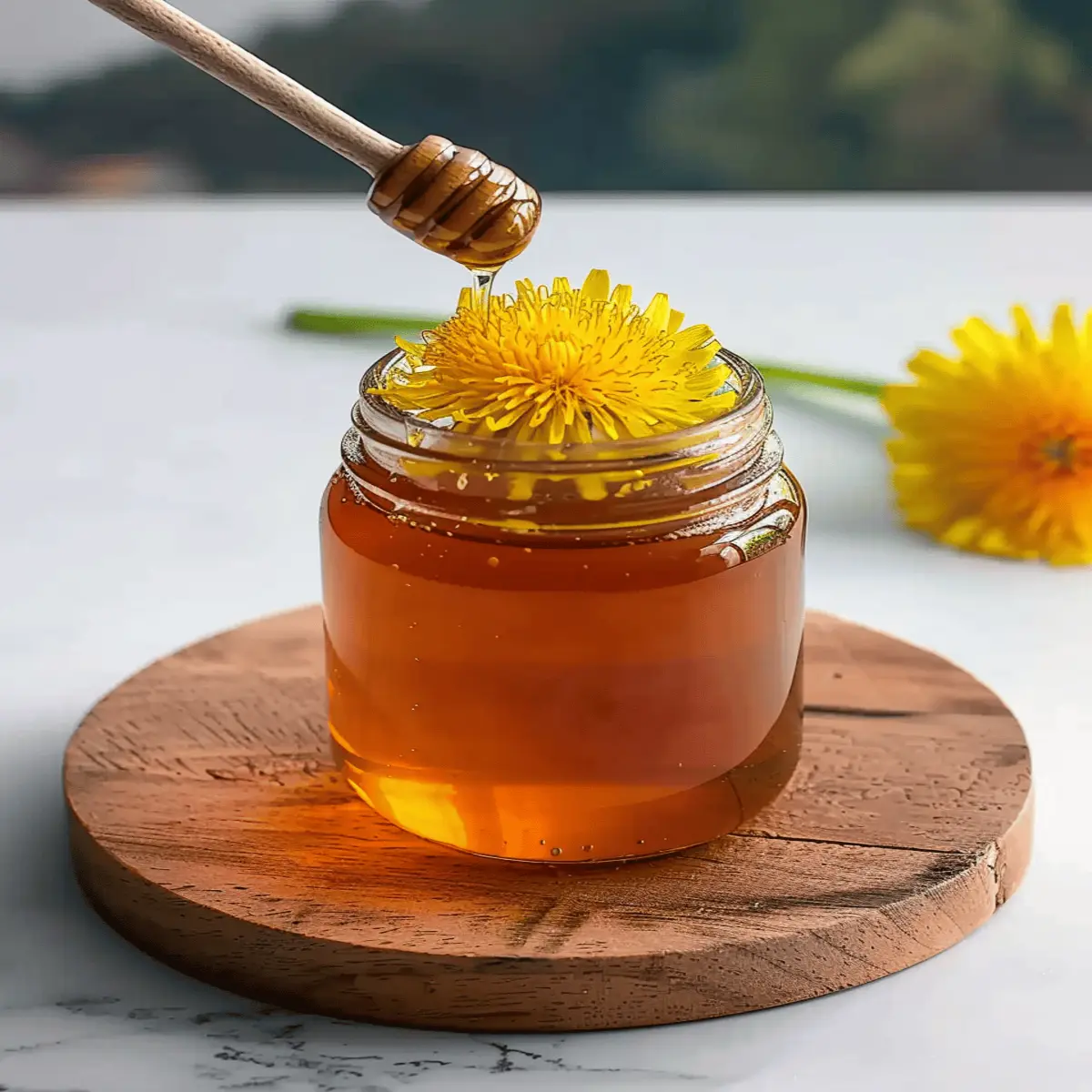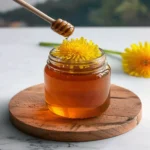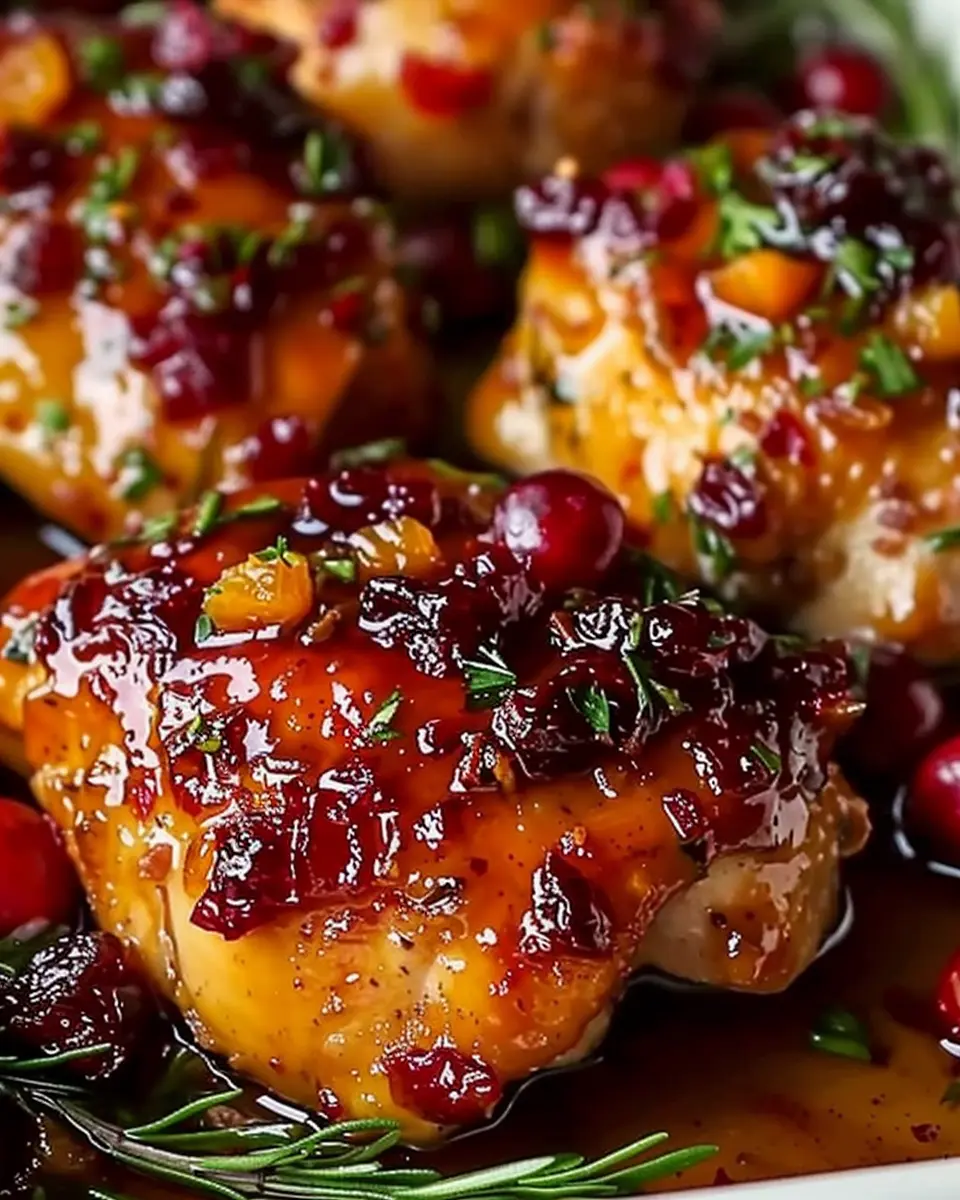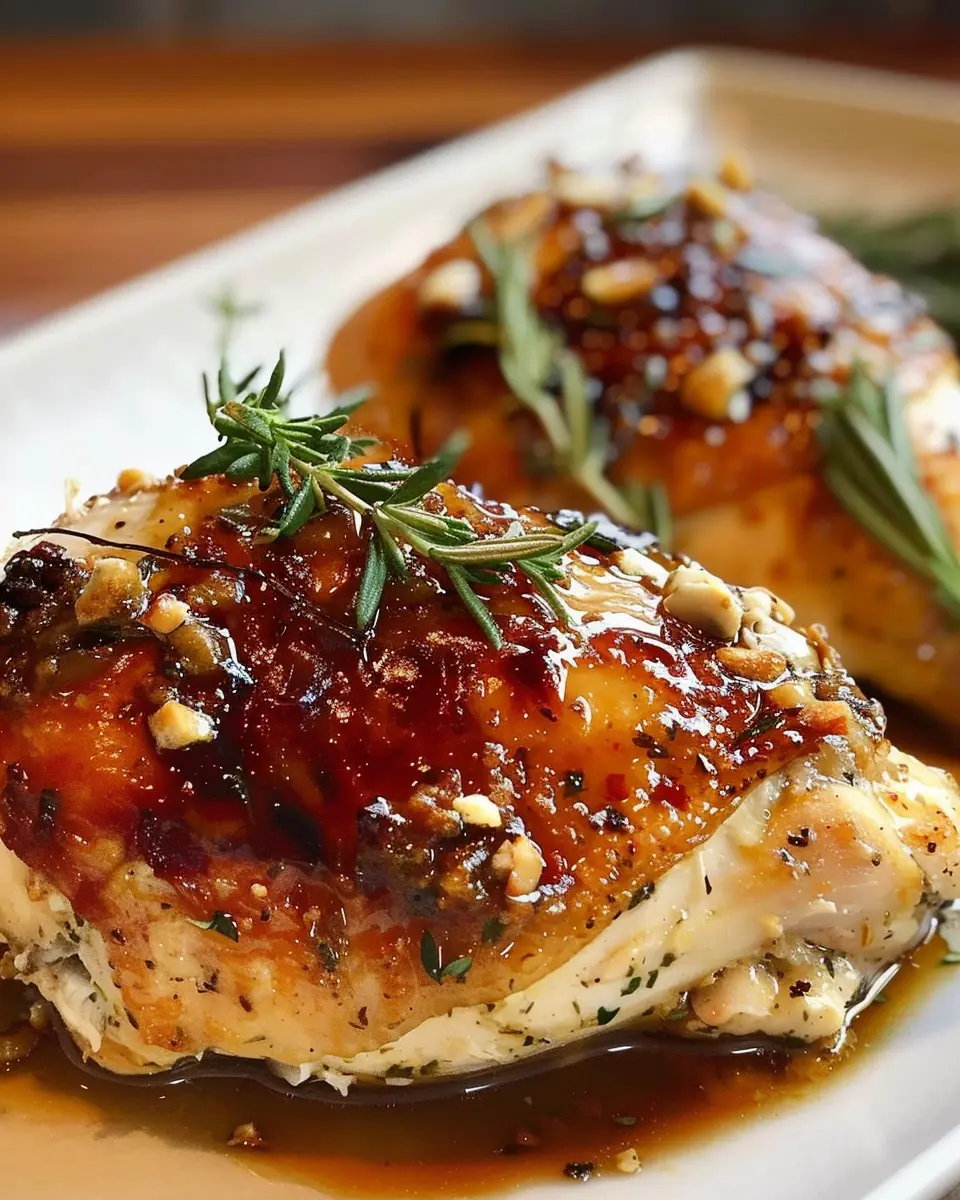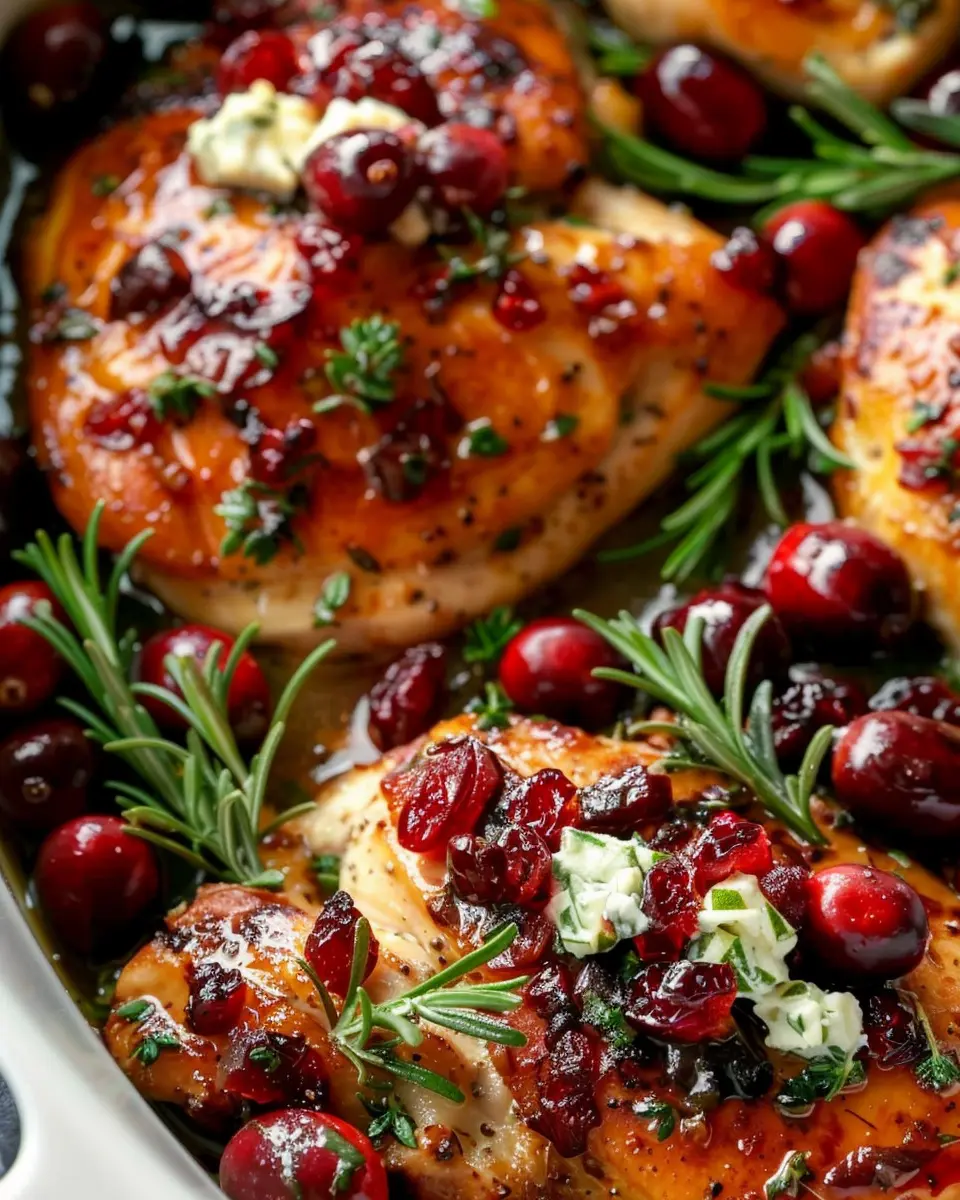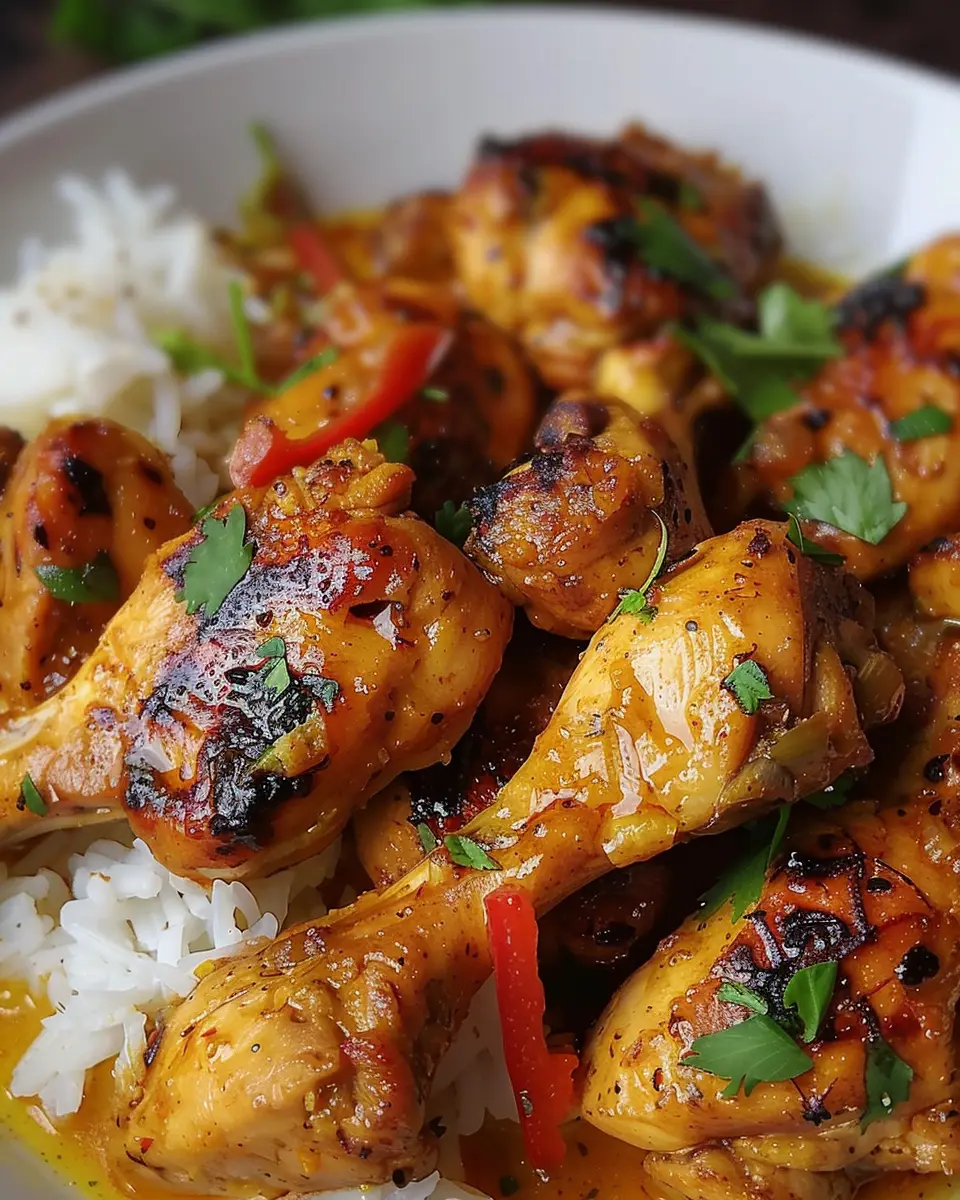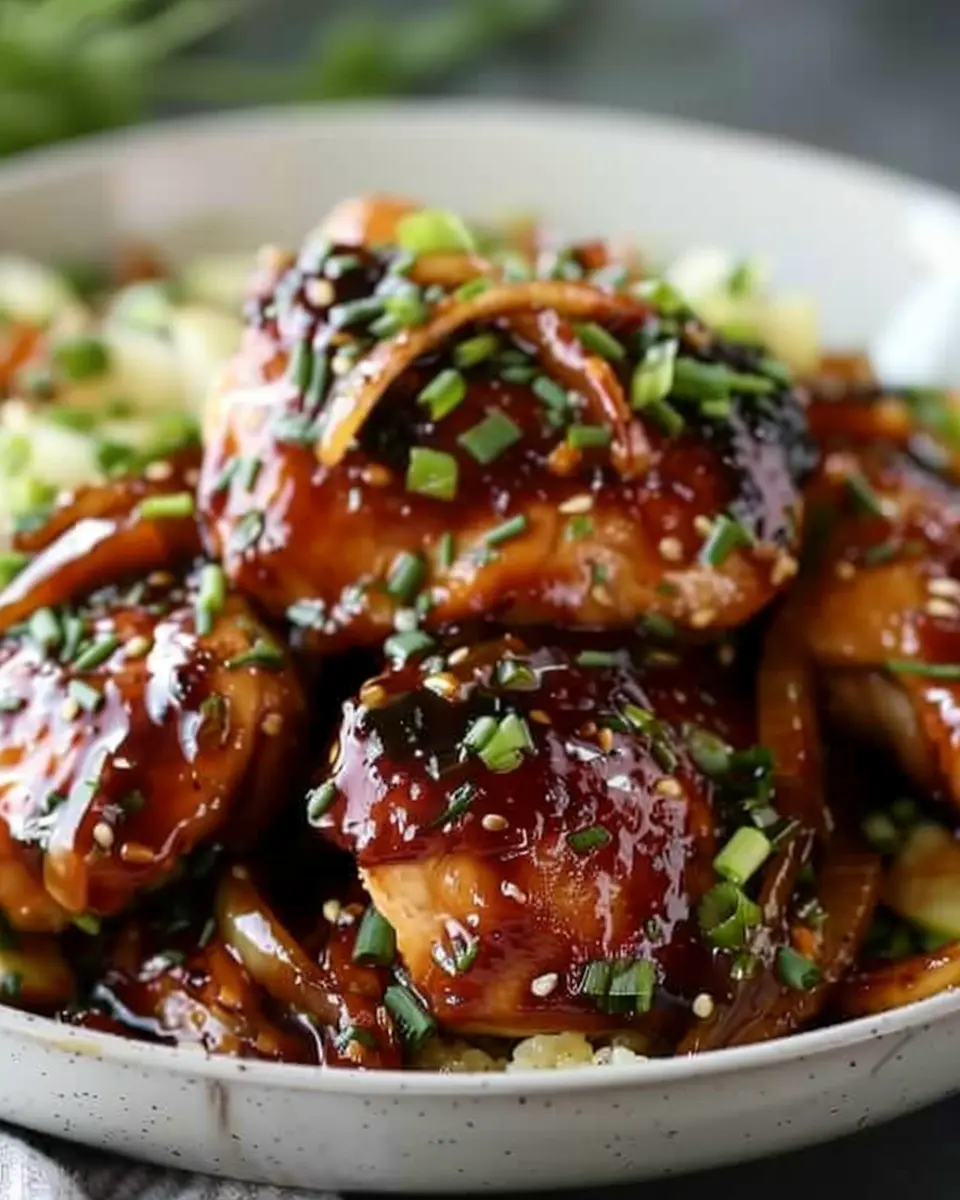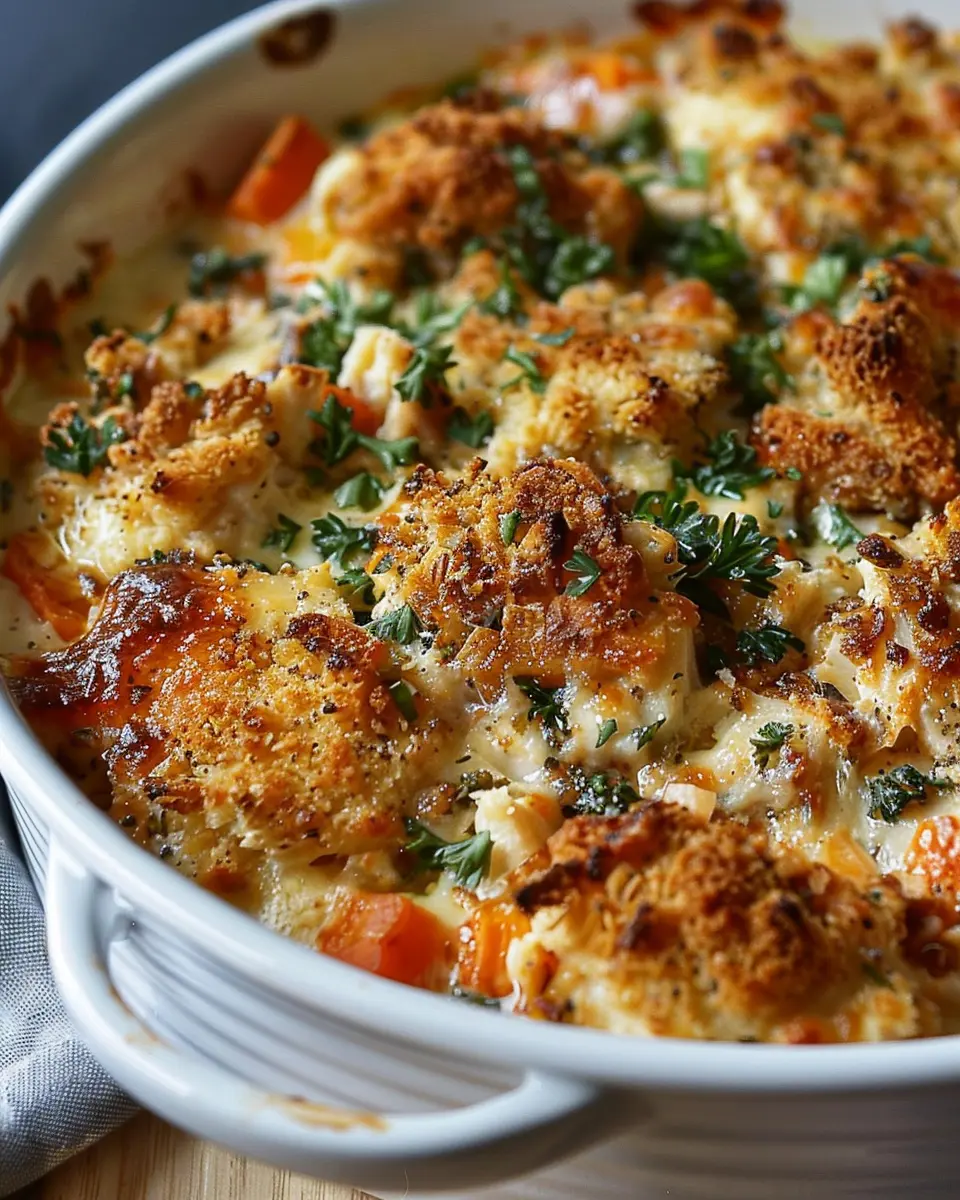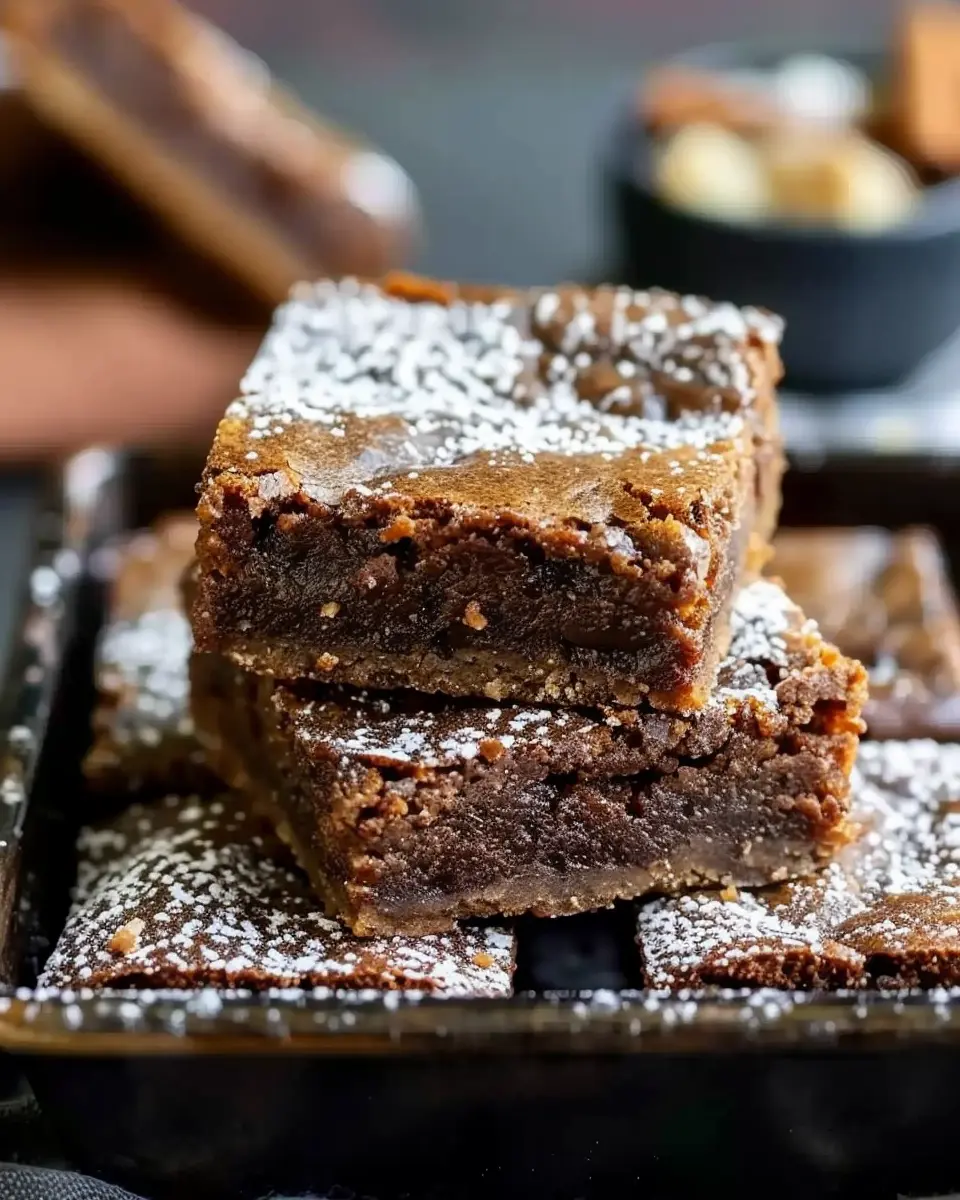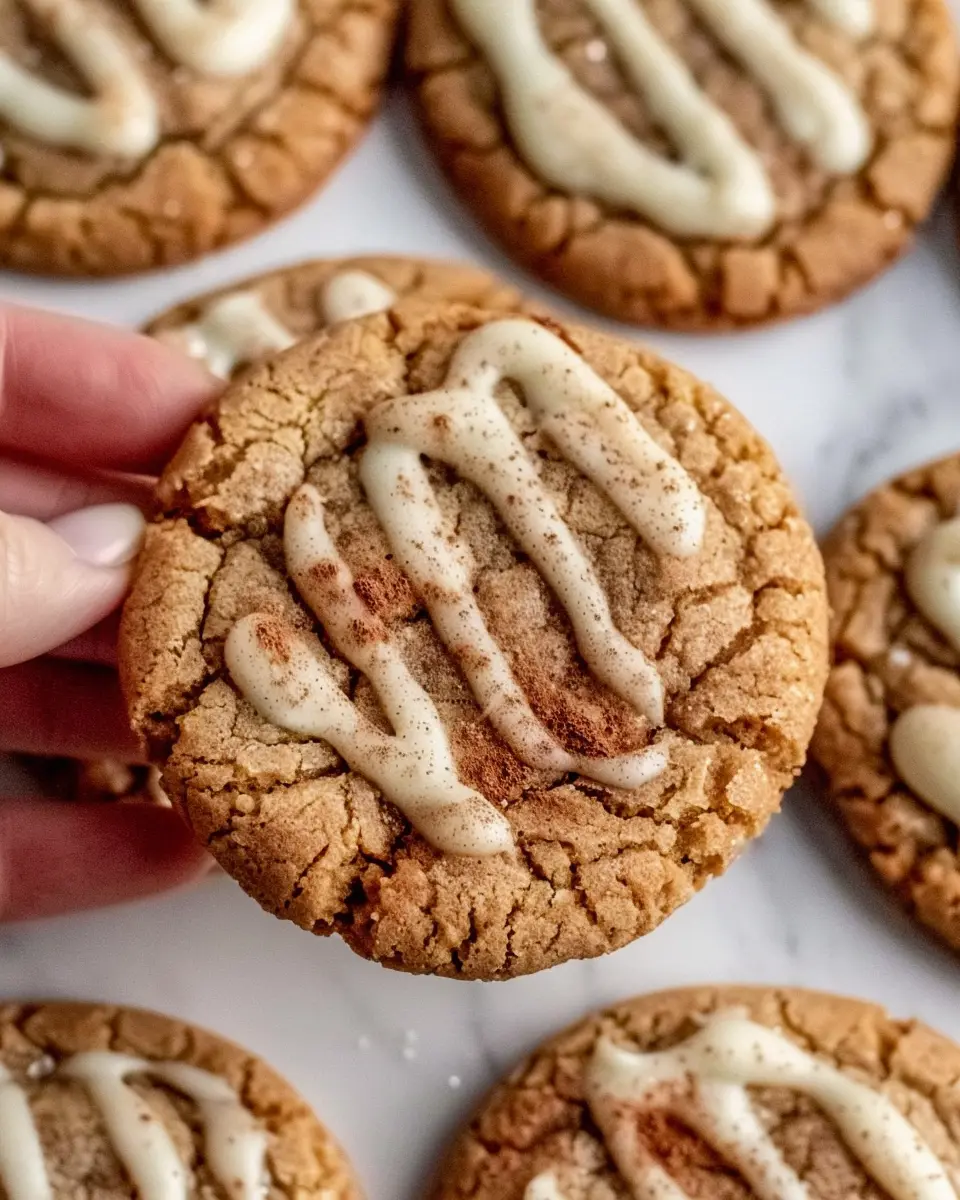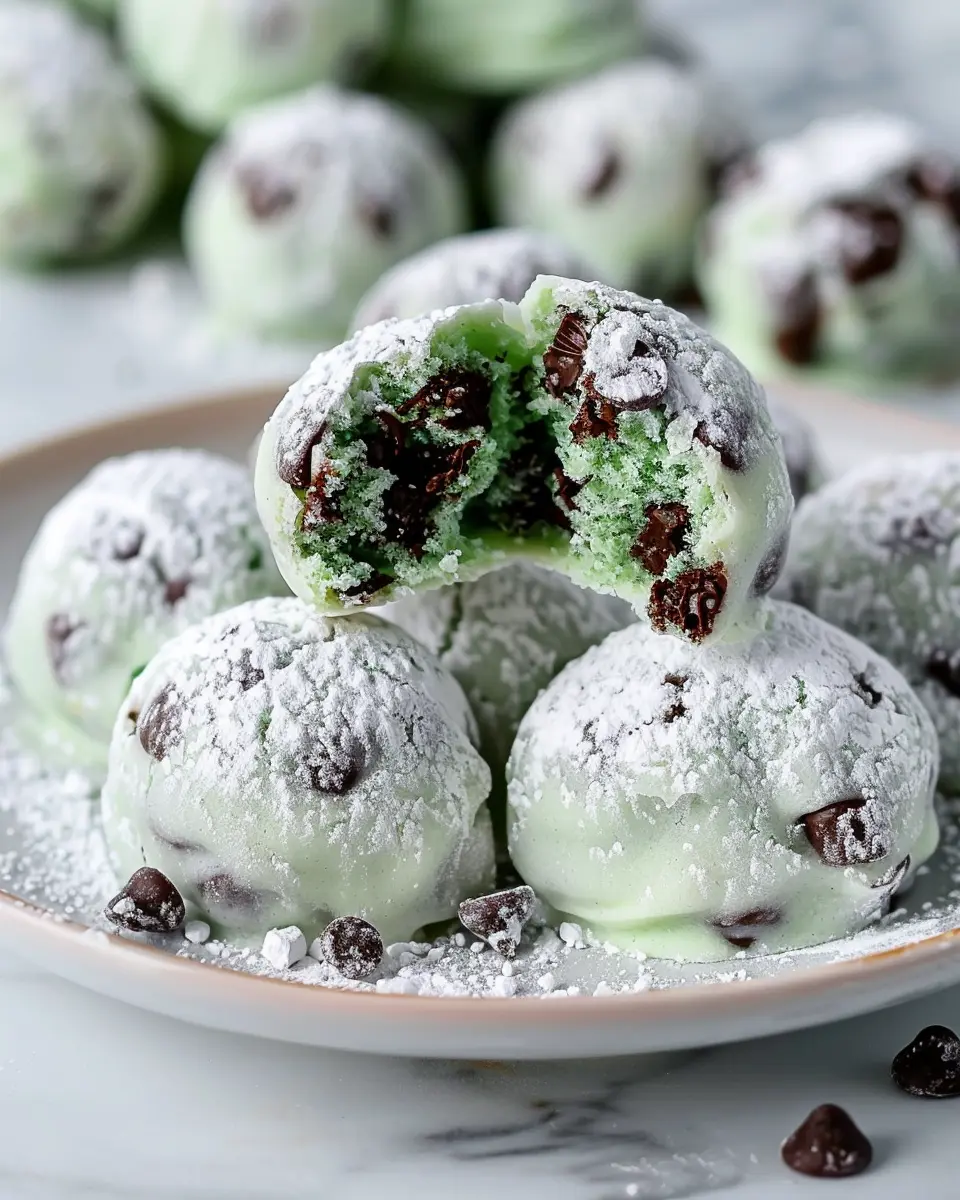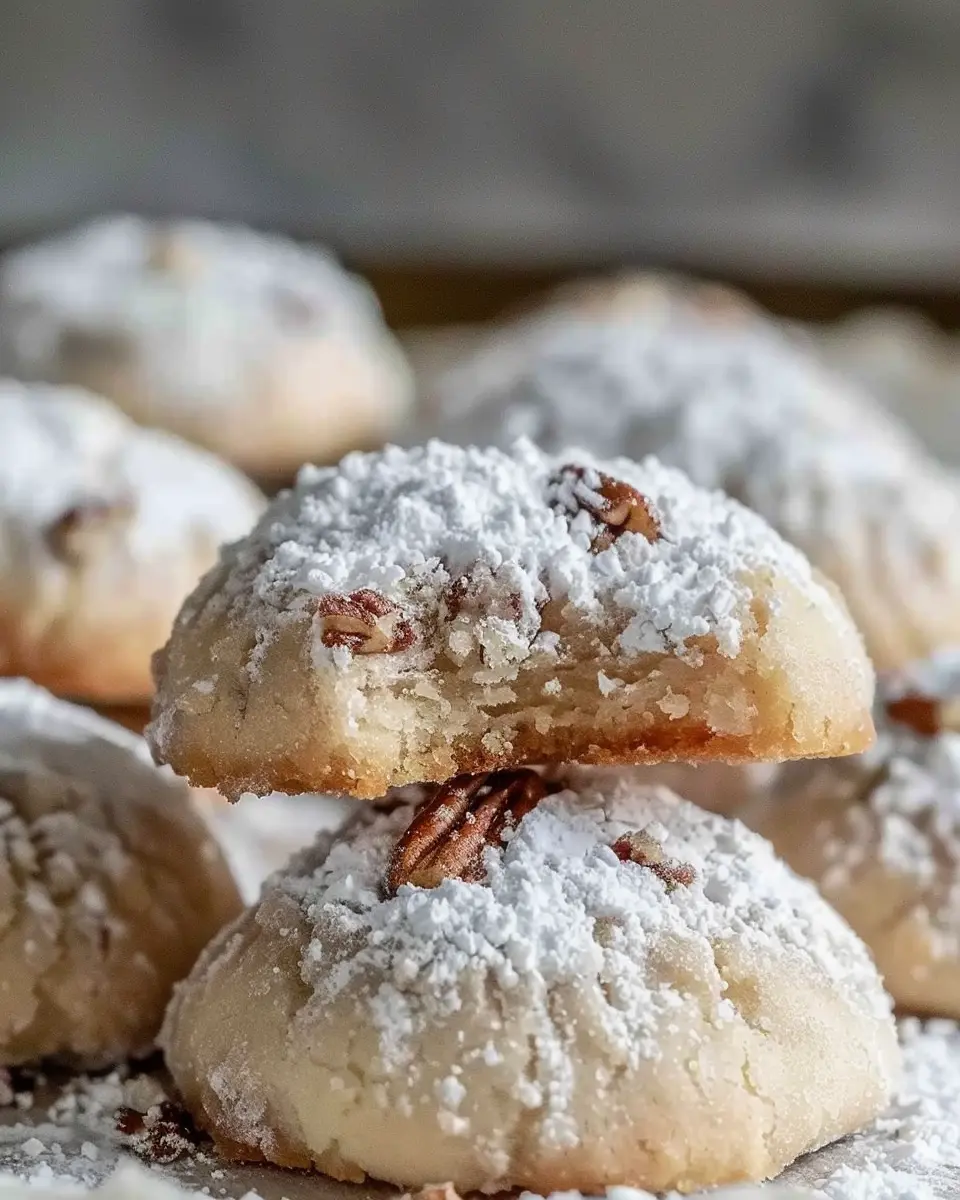Introduction to Dandelion Honey
When you take that first warm sip of tea or drizzle something sweet over your morning toast, have you ever thought about where all that goodness comes from? Dandelion honey, often overlooked, offers a sweet connection to nature’s gift that you might not have considered. This tasty, golden syrup is not really honey in the traditional sense but rather a delightful infusion made from the beautiful dandelion flower, which has been gathering a lot of attention for its unique properties.
The Sweet Connection to Nature’s Gift
Harvesting dandelion flowers is almost like taking a stroll through your local park or garden. With their bright yellow heads popping up in early spring, dandelions serve as a cheerful reminder of warmer days. Did you know that these flowers are more than just a pretty sight? They’re also packed with nutritional benefits! According to research from The Journal of Ethnopharmacology, dandelion extracts have been shown to possess anti-inflammatory and antioxidant properties. Pretty impressive for a plant we often consider a weed!
Creating dandelion honey is not only simple, but it’s also an eco-friendly way to utilize what nature offers. You’ll need just a few ingredients: dandelion flowers, sugar, and water. The preparation process is straightforward and allows you to connect with the ingredients in a meaningful way. Imagine standing outdoors, gently pulling those sun-kissed petals from the sunny blooms. Each flower holds a tiny bit of sunshine, which is beautifully transformed into a syrup bursting with flavor.
Many people find joy in foraging for dandelions, as it adds an element of adventure to your cooking routine. Plus, it fosters a stronger connection to your environment; you learn to appreciate these wildflowers standing resiliently, unfazed by their bad reputation.
So, why not indulge in this unique dandelion honey experience? It’s the perfect way to celebrate the start of spring while adding a touch of nature’s sweetness to your culinary repertoire. Ready to dive into a recipe? Let’s get started!
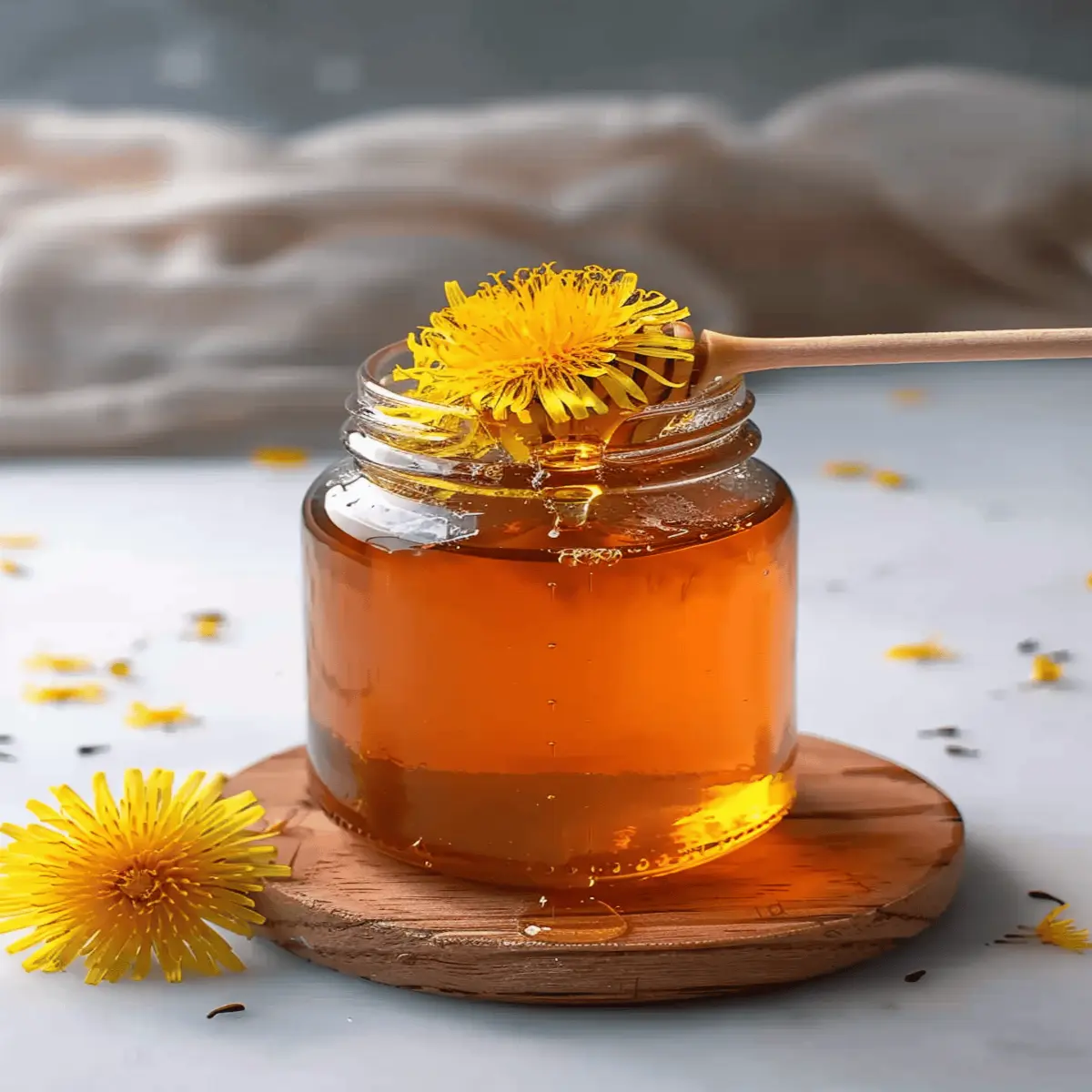
Ingredients for Dandelion Honey
Essential ingredients for your dandelion honey
Creating dandelion honey is not only a fun kitchen project but also a delightful way to enjoy nature’s bounty. To whip up this golden treat, you’ll need the following essential ingredients:
-
Dandelion Flowers: Pick about 2 cups of fresh, vibrant dandelion flowers. Ensure you’re harvesting from untreated areas to avoid pesticides or chemicals. If you’re unsure about identification, the National Park Service has great resources on identifying edible plants.
-
Water: You’ll need around 4 cups of filtered water. This will help extract the flavors and nutrients from the flowers.
-
Sugar: Use about 4 cups of granulated sugar. This sweetener will give your dandelion honey that syrupy consistency and sweetness we all love.
-
Lemon Juice: About 1/4 cup of fresh lemon juice adds a nice tang and helps balance the sweetness.
With just these few ingredients, you’re well on your way to creating a unique treat that captures the essence of spring. Have you ever tried making your own syrup from flowers? It’s a magical experience!
Step-by-step Preparation of Dandelion Honey
Creating your own dandelion honey is not only a fun and rewarding process but also a fantastic way to embrace the natural ingredients around you. Let’s dive into the steps to transform humble dandelions into a sweet, golden delight.
Foraging for Dandelions
Before you get started, take your time to find the right dandelions. Look for fresh, healthy blooms in areas away from roadsides or places that may have been treated with pesticides. The best time to gather your flowers is in the spring when they are in full bloom.
- Preferably, visit a local park or your own backyard.
- Collect blooms during the day when the petals are fully open.
- Fill a basket or a bag with around 4 cups of bright yellow flower heads.
Be sure to respect the environment; only harvest in areas where there are plenty of dandelions available. You can check out the benefits of dandelions to understand how nutritious these flowers can be!
Preparing the Dandelion Flowers
Now that you have your dandelions, it’s crucial to prepare them properly. This process ensures that your dandelion honey will be flavorful and free from any unwanted bits:
- Gently rinse your flower heads in cool water to remove any dirt or insects.
- Remove the green stems and leaves, as they can impart a bitter taste. You’ll want just the petals.
- Pat the petals dry with a clean kitchen towel or let them air dry for a bit.
This step is essential for maintaining the purity and sweetness of your final product.
Simmering to Create the Infusion
Next comes the exciting part—creating the infusion! The simmering process extracts the flavors from the dandelion petals. Here’s how to do it:
- In a large pot, combine your cleaned dandelion petals with 6 cups of water.
- Bring the mixture to a gentle simmer over medium heat.
- Allow it to simmer for about 30 minutes, stirring occasionally to ensure the petals release their lovely essence.
The kitchen will begin to fill with a sweet, earthy aroma, and you might even find yourself daydreaming about how delicious your dandelion honey will be!
Adding Sugar and Lemon to Enhance Flavor
Once your infusion has simmered, it’s time to sweeten the deal:
- After removing from heat, add 3 cups of sugar to the mixture, stirring until fully dissolved.
- Juice one to two lemons and add the juice to the pot. The citrus will brighten the flavor and balance the sweetness.
Feel free to taste as you go along! It’s okay to adjust the sugar or lemon to fit your palate; the beauty of making your own dandelion honey is that you can customize it to your liking.
Straining and Bottling Your Dandelion Honey
Now, we’re nearing the finish line! To achieve that beautiful, clear honey-like consistency, follow these final steps:
- Use a fine mesh strainer or cheesecloth to strain the mixture into a clean jar or pot, discarding the solids.
- Allow it to cool slightly before bottling; then transfer your dandelion honey into sterilized jars for storage.
Once cooled completely, seal the jars tightly and store in a cool, dark place. This delightful syrup can last up to a year, bringing you a taste of spring even in the coldest months.
As you enjoy your homemade dandelion honey, consider how this simple process has turned wildflowers into a sweet condiment perfect for drizzling on toast or adding to teas. It might even inspire you to explore more homemade natural recipes, like herbal infusions or preserves. Happy cooking!
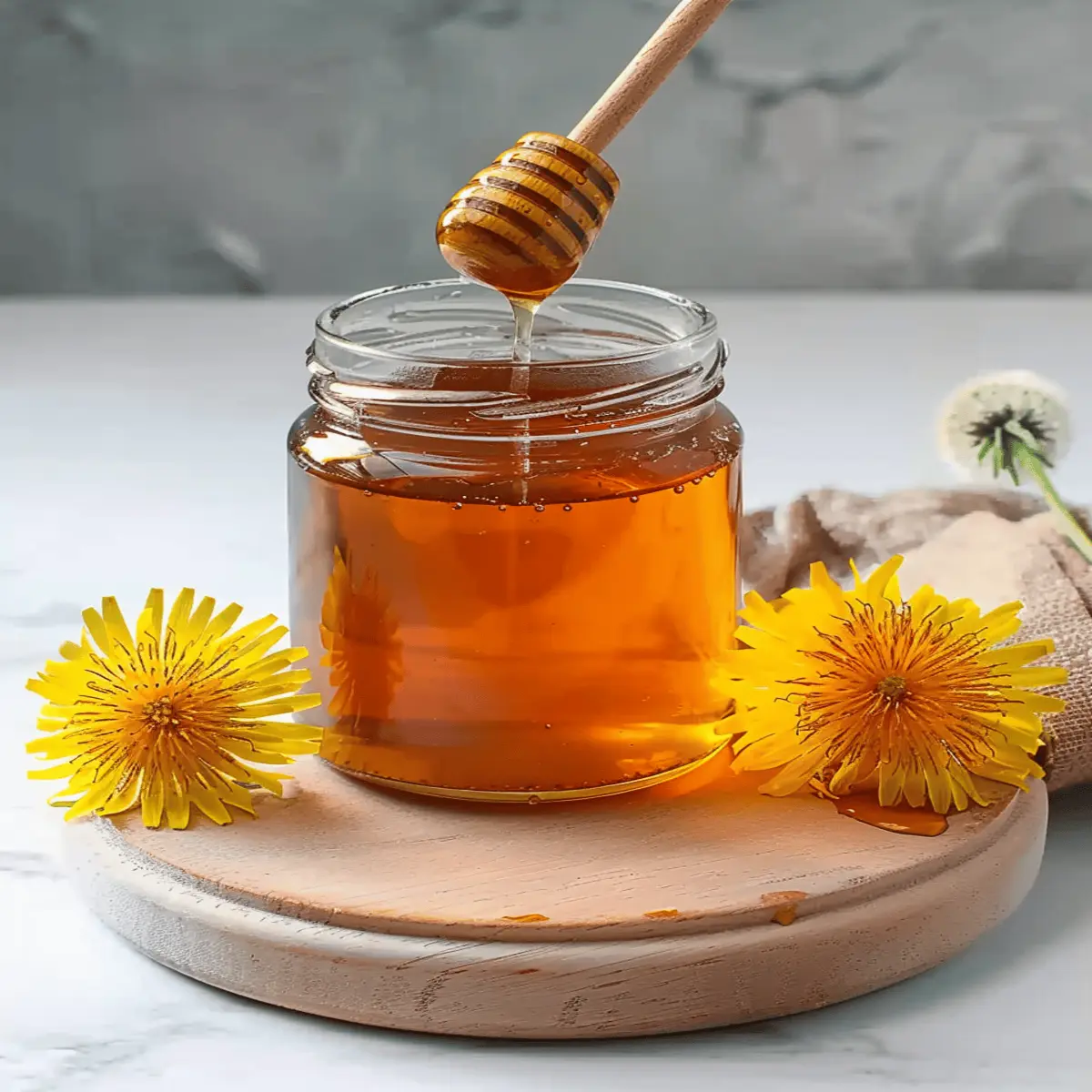
Variations of Dandelion Honey
When it comes to dandelion honey, the basic recipe is delightful on its own. However, there are some wonderful variations you can explore to elevate this unique treat. Each twist adds a personal touch and gives you the chance to experiment in the kitchen.
Dandelion-infused Herbal Honey
Why not infuse your dandelion honey with aromatic herbs? By adding herbs like rosemary or thyme, you introduce new flavors that complement the natural sweetness of dandelions. Here’s a simple way to do it:
- Ingredients: Start with your basic dandelion honey recipe, then add a couple of sprigs of fresh herbs when steeping the dandelions.
- Method: Allow the herbs to steep for about an hour, then strain them out before bottling. This will give your dandelion honey a complex, refreshing twist.
This infusion is not just delicious; it can also provide some herbal benefits. You can read more about the health properties of various herbs at Healthline.
Dandelion Honey with Citrus Zest
If you love a zingy flavor, consider adding citrus zest to your dandelion honey. A hint of lemon or orange zest brings brightness and balances the sweetness beautifully.
- Ingredients: Along with your dandelion petals and sugar, add the zest of one organic lemon or orange.
- Method: Mix the zest into your honey during the simmering stage for an infusion that will awaken your taste buds.
Not only does this variation taste amazing, but it also adds Vitamin C, giving you a little boost! For more on how citrus can enhance your health, check out Medical News Today.
Experimenting with these variations can lead to some delightful discoveries in flavor while making your dandelion honey truly unique. What will you try first?
Cooking Tips and Notes for Dandelion Honey
Ensuring the Freshest Flavors
Creating your own dandelion honey can be a rewarding experience, but there are a few tips to keep in mind to ensure you capture the best flavors nature has to offer. When foraging for dandelions, aim to gather them in the morning after the dew has dried but before they close for the evening. This is when they are the freshest and most fragrant.
-
Location Matters: Choose a spot away from roads or areas that might be treated with pesticides. Local sources like organic farms may be a great option to explore. You can find more about safe foraging practices at the National Park Service.
-
Quick Processing: Once you’ve gathered your dandelions, try to process them the same day. The longer they sit, the more flavor they’ll lose.
-
Play with Variations: Don’t hesitate to experiment! Add a splash of lemon or a pinch of cinnamon while simmering to create your own unique twist on dandelion honey.
These small tweaks can make a big difference in taste and quality, ensuring you savor every drop!
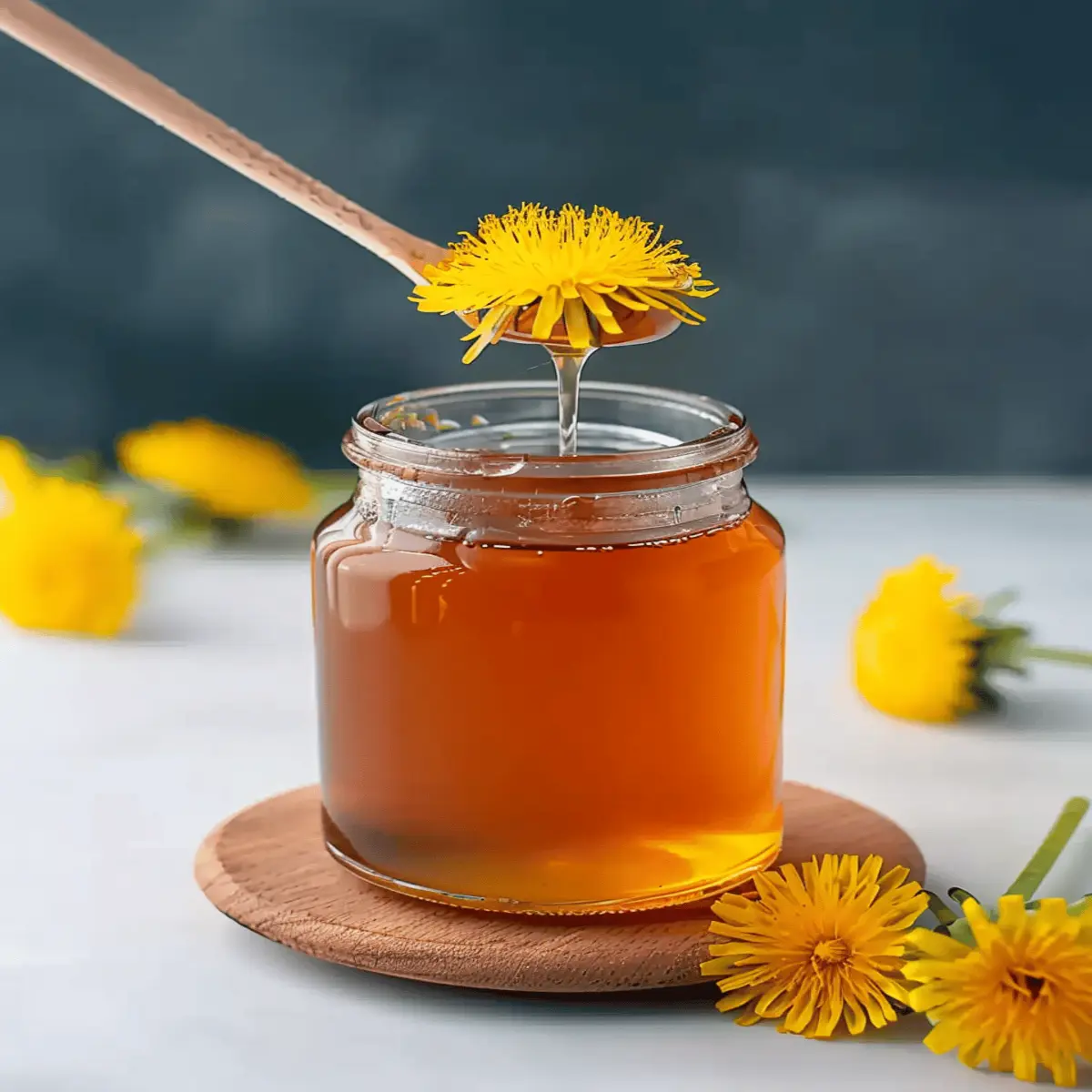
Serving Suggestions for Dandelion Honey
How to Enjoy Your Dandelion Honey
Dandelion honey, with its unique floral flavor and delightful sweetness, can elevate a variety of dishes. Here are some creative ways to savor this golden treat:
-
Spread on Toast: Slather it on warm, buttered toast or bagels for a simple yet satisfying breakfast that offers a burst of sweetness. You could even pair it with creamy goat cheese for a gourmet touch.
-
In Tea or Coffee: Swap out your usual sweetener with dandelion honey in your morning brew. It not only adds a distinct flavor but also boasts potential health benefits. Research shows that honey can help soothe sore throats, making it an excellent addition to herbal teas.
-
In Dressings and Marinades: Incorporate dandelion honey into salad dressings or marinades for meats. Its floral notes can balance out tangy vinegar, creating a unique twist.
-
Drizzle over Yogurt or Oatmeal: A spoonful of this honey can transform a simple bowl of yogurt or oatmeal into a delectable breakfast, providing added texture and flavor.
Experiment with these suggestions, and you might discover new favorites! For more inspiration, you may also want to check out The Honey Association for other serving ideas. Happy tasting!
Time Breakdown for Dandelion Honey
When crafting your own dandelion honey, it’s helpful to know how much time you’ll need to dedicate to each step of the process. Let’s break it down!
Preparation Time
Gathering and prepping your dandelions takes about 15-20 minutes. Take a moment to appreciate the beauty of nature! Plucking the bright yellow blossoms can be therapeutic; just remember to choose them from areas free of pesticides.
Cooking Time
Once you’re past the prep stage, the cooking part is relatively quick—about 30-40 minutes. You’ll simmer the flowers with water and sugar, letting those gentle flavors meld together.
Total Time
In total, you’re looking at around 1 hour. While this may seem like a simple process, the reward of homemade dandelion honey makes it well worth your time! For more tips on working with natural sweeteners, check out this article.
Are you ready to make your own dandelion honey? Let’s dive into the recipe!
Nutritional Facts for Dandelion Honey
When diving into the world of dandelion honey, it’s essential to understand what you’re getting in terms of nutrition. Here’s a brief look at its calories and sugar content:
Calories
A typical serving of dandelion honey contains approximately 60-70 calories. This makes it a relatively light alternative to traditional honey, allowing you to add sweetness to your dishes without guilt. Importantly, if you’re mindful of your caloric intake, knowing how much you use will help you balance your diet effectively.
Sugar Content
One of the standout features of dandelion honey is its sugar content. It typically contains about 15-18 grams of sugar per tablespoon. While this isn’t negligible, it’s worth noting that dandelion honey offers vitamins and minerals that processed sugars lack. With its gentle sweetness, you might find yourself using less than you would with regular honey. For a deeper understanding of sugar’s impact on your diet, check out sources like the American Heart Association for expert guidance.
Incorporating dandelion honey into your recipes can add not only flavor but also beneficial properties, making it a delightful addition to your pantry! As you explore its uses, remember to enjoy it in moderation as part of a balanced diet.
FAQ about Dandelion Honey
Can I use other flowers for infused honey?
Absolutely! While dandelion honey is a delightful treat, you can certainly experiment with other edible flowers for infusion. Popular options include lavender, chamomile, and hibiscus. Each flower brings its unique flavor and aroma, so feel free to mix and match. Just ensure that the flowers you choose are safe for consumption. You can even find more inspiration on sites like The Spruce Eats if you’re looking for floral diversity in your honey creations.
How long does dandelion honey keep?
When stored correctly, dandelion honey can last quite a while—usually up to a year. Ensure you keep it in a cool, dark place and use a clean, dry spoon when scooping. This prevents moisture and contaminants from spoiling your sweet concoction. If you notice any changes in smell or color, it might be time to toss it. But with the right care, you can enjoy that sweet dandelion goodness for months!
What are the health benefits of dandelion?
Dandelions aren’t just a pretty flower; they’re packed with benefits! Here are some notable ones:
- Rich in Nutrients: Dandelion greens are high in vitamins A, C, and K, as well as calcium and iron.
- Digestive Aid: Traditionally, these flowers have been used to help digestion and detoxify the liver.
- Anti-inflammatory Properties: Studies suggest dandelions may help reduce inflammation, supporting overall health.
For more detailed insights on nutritional benefits, you might check out the research published on Healthline.
Incorporating dandelion honey into your diet can add a touch of sweetness while enhancing wellness—talk about a win-win! If you have more questions, feel free to ask.
Conclusion on Dandelion Honey
The Sweet Rewards of Making Your Own Dandelion Honey
Making your own dandelion honey can be a delightful experience that connects you to nature. Not only do you get to enjoy a unique and natural sweetener, but you also reap the benefits of harvesting these vibrant blossoms. Imagine waking up to the rich, golden taste of homemade dandelion honey spread on your toast or drizzled on yogurt.
Here are a few sweet rewards you’ll enjoy:
- Health benefits: Dandelions are known for their antioxidant properties and vitamin content, enhancing both your meals and wellness.
- Sustainability: By foraging locally, you’re contributing to eco-friendly practices and reducing waste.
- Creativity: Experimenting with flavors opens up new culinary possibilities.
For further tips on foraging and the medicinal properties of dandelions, check out Healthline or University of Maryland Medical Center. So, why not give it a try? You might find that crafting your dandelion honey becomes a cherished spring tradition!
PrintDandelion Honey Bliss: Sweeten Your Day Naturally!
Dandelion honey is a delightful, natural sweetener made from dandelion flowers, perfect for adding a touch of sweetness to your day!
- Prep Time: 30 minutes
- Cook Time: 1 hour
- Total Time: 24 hours 1 hour
- Yield: 4 jars 1x
- Category: Condiment
- Method: Simmering
- Cuisine: American
- Diet: Vegetarian
Ingredients
- 2 cups dandelion flowers
- 4 cups water
- 2 cups granulated sugar
- 1 lemon (sliced)
Instructions
- Gather fresh dandelion flowers and rinse them thoroughly.
- In a pot, combine dandelion flowers and water, and bring to a boil.
- Remove from heat and let steep for 24 hours.
- Strain the mixture into a clean pot, discarding the flowers.
- Add sugar and lemon slices, then simmer until the mixture thickens into a syrup.
- Pour the hot syrup into sterilized jars and seal.
Notes
- This syrup can be used in tea, on pancakes, or as a sweetener in various recipes.
- Adjust sweetness by using more or less sugar based on personal preference.
Nutrition
- Serving Size: 1 tablespoon
- Calories: 60
- Sugar: 15g
- Sodium: 0mg
- Fat: 0g
- Saturated Fat: 0g
- Unsaturated Fat: 0g
- Trans Fat: 0g
- Carbohydrates: 16g
- Fiber: 0g
- Protein: 0g
- Cholesterol: 0mg
Keywords: Dandelion Honey, natural sweetener, homemade syrup

